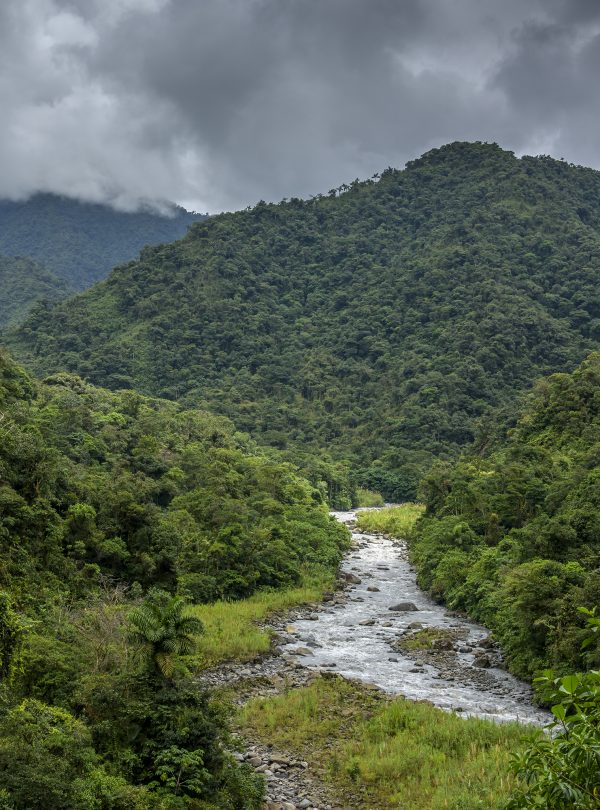
Primate Protection in the Tropical Andes
Support Other Projects Like ThisSupport Other Projects Like ThisRainforest Trust’s support, NPC-P is working to purchase this property and create the new Yellow-tailed Woolly Monkey Reserve in Peru’s Yambrasbamba District, which will provide a secure refuge for these species.
-
Species at Risk
Yellow-tailed Woolly Monkey (CR), White-bellied Spider Monkey (EN), Peruvian Night Monkey (VU), Long-whiskered Owlet (EN)
-
Carbon stored
(Not Calculated)*
*(metric tons of CO2 equivalents) -
Partner
Neotropical Primate Conservation Association of Peru (NPC-P)
-
200 Proposed Acres Conserved by
Purchase
-
Project Cost: $44,000

200
Rainforest Trust’s support, NPC-P is working to purchase this property and create the new Yellow-tailed Woolly Monkey Reserve in Peru’s Yambrasbamba District, which will provide a secure refuge for these species.
-
Species at Risk
Yellow-tailed Woolly Monkey (CR), White-bellied Spider Monkey (EN), Peruvian Night Monkey (VU), Long-whiskered Owlet (EN)
-
Carbon stored
(Not Calculated)*
*(metric tons of CO2 equivalents) -
Partner
Neotropical Primate Conservation Association of Peru (NPC-P)
-
200 Proposed Acres Conserved by
Purchase
-
Project Cost: £33,083

200
Together, with generous support from our donors, this project has been protected!
Stretching from northern Argentina to Venezuela, the Tropical Andes are considered the most biodiverse region in the world. Covering less than one percent of the world’s land area, the region holds approximately ten percent of all known species. This includes more than 30,000 vascular plant species, 1,700 bird species, and 570 mammal species. The area, however, is severely threatened by logging, agricultural expansion, and mining and oil extraction. These activities have already destroyed nearly 75 percent of the Tropical Andes’ forests.
There is still time to save remaining areas of outstanding biodiversity. Rainforest Trust has partnered with the Neotropical Primate Conservation Association of Peru (NPC-P) to protect 200 acres in the heart of the Tropical Andes.
These acres will be used to protect habitat for one of the region’s rarest species, the IUCN Critically Endangered Yellow-tailed Woolly Monkey. The Yellow-tailed Woolly Monkey is Peru’s largest endemic mammal and has been listed several times as one of the world’s 25 most endangered primates. The species was first described in the 1800s, but it was rarely seen. It was feared extinct until 1974, when it was rediscovered after not being seen for 48 years. This monkey, considered a flagship species for the region, represents one of six endemic genera found only in the Tropical Andes.
Sharing forest habitat with the Yellow-tailed Woolly Monkeys is a large, diverse assortment of bird, mammal, amphibian, and reptile species. A portion of their home is now threatened by an imminent property sale that opens the possibility of forest destruction should the new owner decide to convert the property into ranch or agricultural land. With Rainforest Trust’s support, NPC-P is working to purchase this property and create the new Yellow-tailed Woolly Monkey Reserve in Peru’s Yambrasbamba District, which will provide a secure refuge for these species.
Explore Peru

Andean Night Monkey. Courtesy of Andrew Walmsley

Peruvian Yellow-tailed Woolly Monkey (CR), by Kevin Schafer

The Endangered White-bellied Spider Monkey, by Helge Zabka
Biodiversity
The proposed reserve lies at the heart of the tropical Andes Biodiversity Hotspot, which is considered to be one of the most biologically diverse regions on earth.
The Yellow-tailed Woolly Monkey Reserve will focus primarily on the conservation of the Yellow-tailed Woolly Monkey, an IUCN Critically Endangered species. Endemic to a small area of northern Peru, the Yellow-tailed Woolly Monkey is one of the largest and rarest Neotropical primates. The Yellow-tailed Woolly Monkeys found in this area are believed to be the last in the world. Since 2000, the species has been listed three times as one of the world’s 25 most threatened primate species. Although the primate’s total population size remains unknown, it is estimated that perhaps only a few thousand remain. Biological surveys in the area have already registered 234 bird species, including 12 endemics, like the Long-whiskered Owlet. Additionally, 37 large mammal species and 16 Threatened or Near Threatened mammal species, including the White-bellied Spider Monkey and the Peruvian Night Monkey; 44 reptiles and amphibians, including seven Threatened or Near Threatened reptile species live in the area.
Challenges
Threats to wildlife and forest in Peru’s Yambrasbamba District include: forest clearance for ranching and farming, illegal logging, mining projects and small-scale commercial and subsistence hunting. The construction of new roads and infrastructure has also led to increased immigration rates and added additional human pressures on the natural landscape.
Since 2007, NPC-P has worked with property owners to protect forests and the species found within from hunting and habitat loss. Unfortunately, one local land owner now wishes to sell his property and a prospective buyer is considering clearing its forests for pasture. NPC-P requires urgent assistance to purchase this property before it is destroyed.
Communities
The town of Yambrasbamba was first inhabited in the early seventeenth century by indigenous Awajun families. Local populations remained low until the 1980s when the construction of a new highway facilitated migrations from the Region of Cajamarca and other highland areas.
The influx of immigrants has resulted in the establishment of a number of new settlements. Consequently, communities are now composed of a mixture of indigenous residents of Awajun and Chachapoya ancestry and recently-arrived immigrants.
Solutions
This project is a critical first step to protect the imperiled forests of Peru’s Yambrasbamba District.
The purchase of 200 acres will provide protection for the Yellow-tailed Woolly Monkey and other species at risk. Once purchased, the properties will be used to establish the Yellow-tailed Woolly Monkey Reserve, which will be registered as a Private Conservation Area. The conservation area will be co-managed by NPC-P and the local community. NPC-P has already discussed creation of the reserve with the community leaders and local landowners; all parties are in agreement to designate the land for protection. After the reserve has been created, NPC-P will begin improving facilities to accommodate ecotourists and researchers. The construction of a permanent field station, with the ability to accommodate visitors, will provide long-term economic sustainability for the reserve by providing employment opportunities, as forest guards and guides, to local communities. Tourism income will be used to continue land purchases of the surrounding forests, thus creating a positive cycle of conservation.
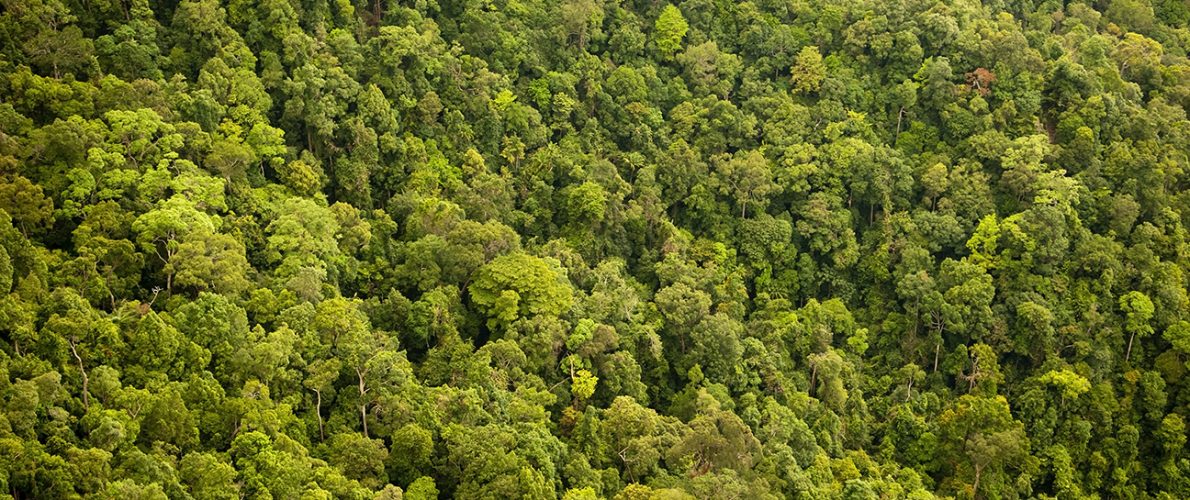
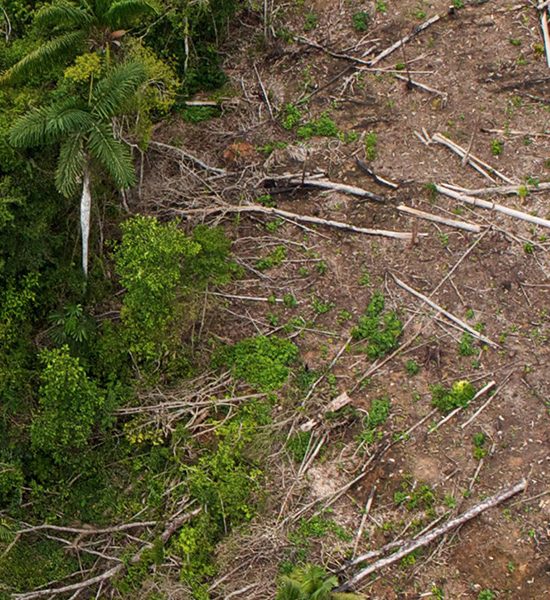

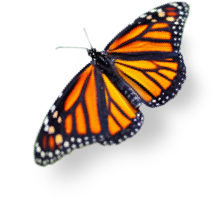
We Value Transparency.
Conservation work is critical, challenging, and can be costly. We work hard to ensure we raise only the funds needed for each project. In the rare case we raise more money than needed or a project comes in under budget, excess monies will be transferred to the Conservation Action Fund. This fund supports our important conservation work throughout the tropics.
Learn more about the Conservation Action FundLearn more about the Conservation Action Fund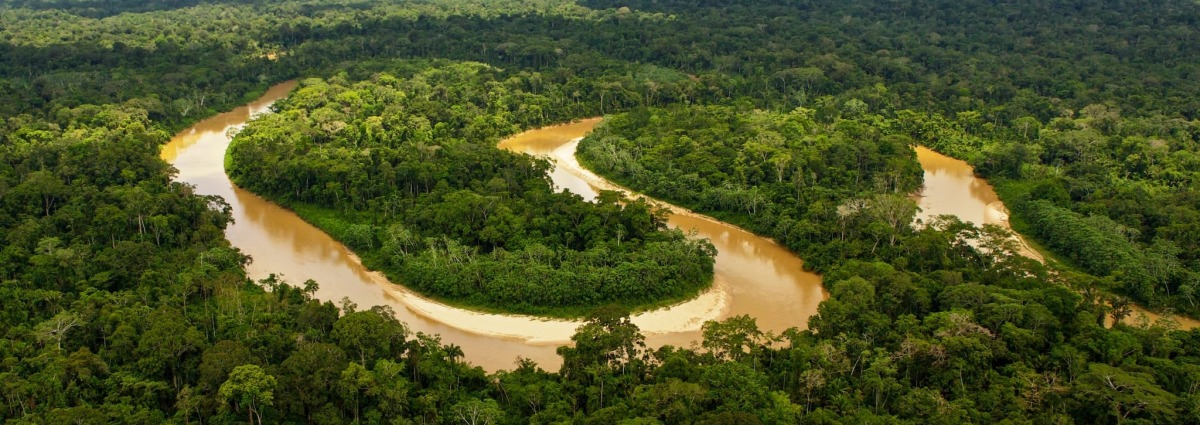

Partnering to Save Rainforest
Our partners’ ability to work with their governments and build strong connections with local communities ensures the successful implementation of our projects.
Learn More About This PartnerLearn More About This Partner
